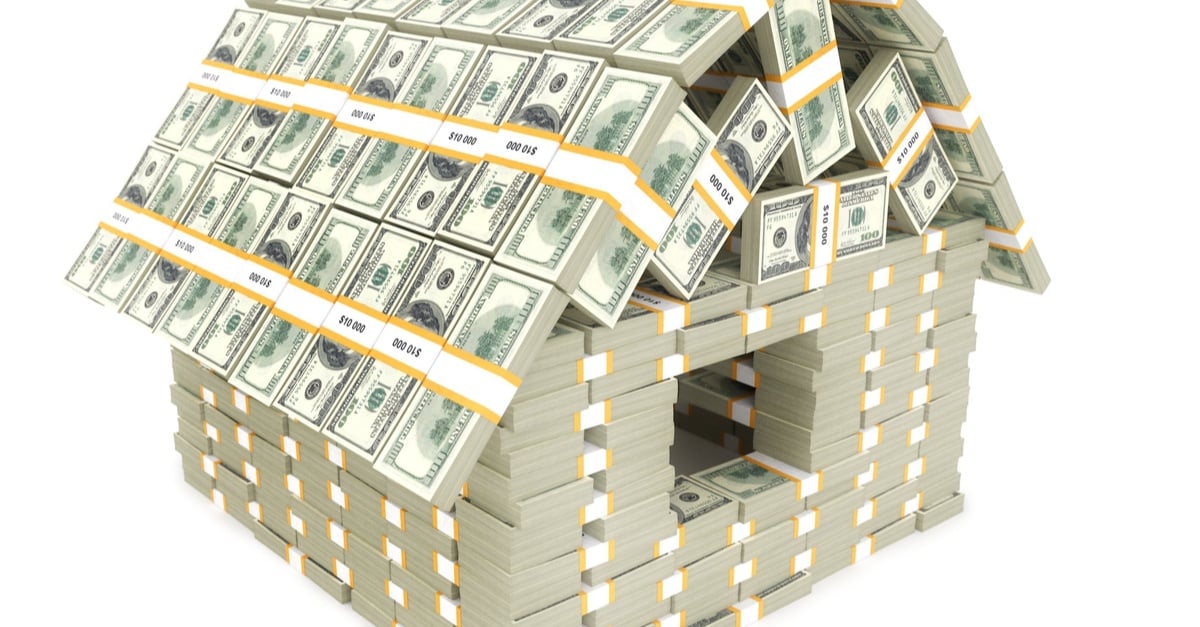MB Insider Trends: Refis, Refis, and Refis
Interested in seeing where the hot spots are in mortgage originations? Here are some interesting stats that we are seeing in the data right now.

Friends, Romans, countrymen, lend me your ears.
In the past 30 days, we are seeing a significant increase in mortgage application inquiries.
MonitorBase Inquiry lead alerts are up 30% compared to the past 6 months average. As the first quarter comes to a close, it’s common to see an increase in mortgage activity in early spring as the home buying season picks up. This year is much different. We are seeing a larger than normal increase and that many of these database marketing credit inquiries are being generated from consumers looking to do some type of refinancing.
I had one of our mortgage clients reach out to me last week, and as we were talking, she mentioned that she didn’t think many of her past-clients would have a “net tangible benefit” to refinance their loans. “Our rates are at a 14-month low.” She said. “However, I can’t seem to convince my past clients that there is enough benefit to go through the hassle of another mortgage transaction.”
The cost/benefit analysis is definitely in the eye of the beholder. As a data analyst for the mortgage industry, we track consumers that buy homes, and their subsequent refinance transactions. We’re currently witnessing thousands of homeowners refinance their homes every day … for many reasons.
The net-tangible benefit for a refinance transaction doesn’t only come from the reduction of the interest rates and /or the elimination of MI. It’s important to understand the consumer’s “hot button.” Lowering payments, cash-out refi’s, term reduction are the usual suspects. She definitely has a point. There are many folks that will not go through another loan process to save $100.00 a month. It’s just not worth the hassle for many busy people. They got 99 problems and a $100 lower mortgage payment isn’t one of them.
Obviously, we’re seeing a lot of homeowners refinancing to pull cash-out when they have the equity to do so. This has been the single biggest segment of refinancing transactions over the past three years … but things are changing.
Many of the loans that were originated in the last few years can lower their interest rate and cut 5 to 7 years off the loan term without a significant change in payment. We’re seeing a lot of ‘mini-term reductions’ going on right now.
| May’s PI/TI payment: (interest financed.) | $2,442 |
| New PI/TI: (Not due until July 1st) | $2,354 |
| Escrow refund: | $2,854 |
| Cash received at closing: | $2,000 |
| Total cash in hand | $9650 |
As you can see, this is an option that could put almost $10,000 in a borrower’s hands. Yet, they would be adding $8,328 to their loan amount, putting them back to square one.
Whether or not we believe this makes good financial sense, there are many homeowners doing this. The “net tangible benefit” to these consumers is realized somewhere other than the new loan terms. Paying off $10,000 dollars in high-interest rate debt can make a big difference for some. Also, $10,000 to upgrade bathrooms or add hardwood floors makes sense to many homeowners and it will add to the value of their home.
Again, we seek to understand. My personal financial plan would steer me toward the ‘term reduction’ loan, but tax-deductible interest and new hardwood floors sound pretty good too!
Just food for thought.
Related Articles:
Mortgage Lead Generation
Get started with Database Monitoring Alerts

Interested in seeing where the hot spots are in mortgage originations? Here are some interesting stats that we are seeing in the data right now.

Interested in seeing where the hot spots are in mortgage originations? Here are some interesting stats that we are seeing in the data right now.

Interested in seeing where the hot spots are in mortgage originations? Here are some interesting stats that we are seeing in the data right now.